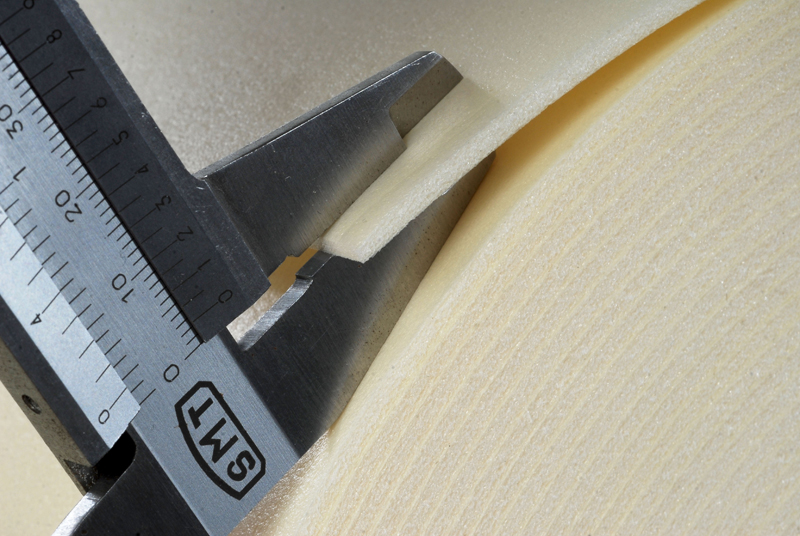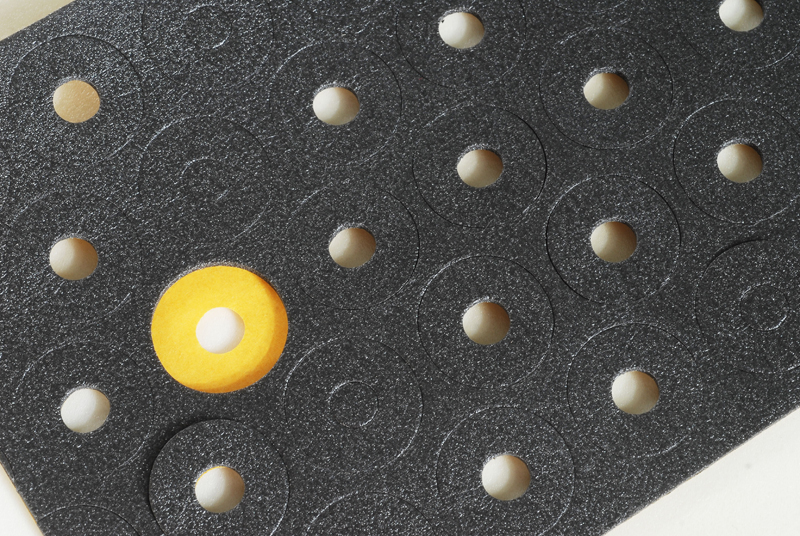PE foam, also known as polyethylene foam, is a remarkably versatile material that finds its way into a wide array of applications. From providing cushioning and protection in packaging to offering thermal and acoustic insulation in construction, PE foam proves itself as a reliable and adaptable solution. Let’s delve into the diverse roles this foam plays, exploring its journey from packaging to insulation and beyond.
PE Foam in Packaging
PE foam is a versatile material widely used in the packaging industry for its excellent cushioning properties, ensuring the safe transportation of delicate items. Its lightweight nature and shock-absorbing capabilities make it an ideal choice for protecting fragile goods during shipping. Moreover, PE foam is known for its eco-friendly characteristics, offering sustainable packaging solutions that reduce environmental impact.
You may be interested in;
When it comes to packaging, PE foam can be found in various forms such as sheets, rolls, pouches, and custom-molded shapes to fit specific products. This flexibility in design allows for tailored packaging solutions that meet the unique requirements of different industries. Whether it’s electronics, glassware, or furniture, PE foam provides a reliable protective barrier against impact and vibration, preventing damage and ensuring customer satisfaction.

One of the key advantages of using PE foam in packaging is its ability to be recycled and reused, contributing to the circular economy and reducing waste generation. As businesses strive to implement sustainable practices, the demand for eco-friendly packaging materials like PE foam continues to grow. By choosing PE foam packaging, companies can demonstrate their commitment to environmental stewardship while safeguarding their products during transit.
PE Foam in Insulation
PE foam is not only limited to packaging applications but also plays a crucial role in insulation. The thermal and acoustic insulation properties of PE foam make it a versatile material in the construction industry and beyond. Whether it’s for residential buildings, commercial spaces, HVAC systems, or automotive components, PE foam offers excellent insulation capabilities.

When it comes to thermal insulation, PE foam acts as a barrier against heat transfer, helping to maintain indoor temperatures and reduce energy consumption. Its closed-cell structure prevents the flow of heat, making it an efficient choice for insulating walls, roofs, and floors. Additionally, PE foam provides acoustic insulation by absorbing sound waves and reducing noise transmission, creating quieter and more comfortable environments.
In construction, PE foam is commonly used in insulating pipes, air ducts, and walls to improve energy efficiency and meet building code requirements. Its lightweight nature and ease of installation make it a preferred choice for contractors and builders looking to enhance the insulation properties of structures without adding excessive weight.
Moreover, PE foam insulation is also utilized in the automotive industry to reduce noise and vibrations inside vehicles, enhancing the overall driving experience. By incorporating PE foam in car interiors, manufacturers can create a quieter cabin environment and improve passenger comfort during journeys.
PE foam’s flexibility and durability make it an ideal material for various insulation applications, offering long-lasting performance and cost-effective solutions for maintaining thermal comfort and soundproofing properties. Whether it’s for residential, commercial, or industrial purposes, PE foam continues to prove its effectiveness in enhancing insulation efficiency and sustainability.
PE Foam in Sports Equipment
PE foam is a versatile material that finds its way into various sports equipment, enhancing safety and performance for athletes across different disciplines. Let’s delve into the world of sports gear and discover how PE foam plays a crucial role in ensuring both protection and comfort.
When it comes to sports equipment, helmets are a fundamental piece of gear that heavily relies on the cushioning properties of PE foam. The impact-absorbing nature of PE foam helps in reducing the force of impact during collisions or falls, providing vital protection to the head. This is particularly crucial in contact sports like football or hockey, where head injuries are a significant concern.
Additionally, padding in sports equipment such as shin guards, elbow pads, and knee pads often incorporates PE foam to offer a comfortable fit while ensuring adequate protection. The lightweight and flexible nature of PE foam make it an ideal choice for these types of gear, allowing athletes to move freely while staying shielded from potential injuries.
Protective gear, like body armor and chest protectors, also benefit from the shock-absorbing properties of PE foam. By dispersing impact energy, PE foam helps in reducing the risk of serious injuries during intense physical activities. Whether in combat sports or motor racing, the use of PE foam in protective gear is crucial for the safety of athletes.
Furthermore, the versatility of PE foam extends to enhancing the performance of sports equipment. In sports like cycling or skiing, where aerodynamics and agility are key factors, the lightweight and moldable nature of PE foam contribute to creating streamlined and efficient gear. The ability of PE foam to conform to specific shapes and provide a custom fit enhances the overall experience for athletes, allowing them to focus on their performance without compromising on safety.

